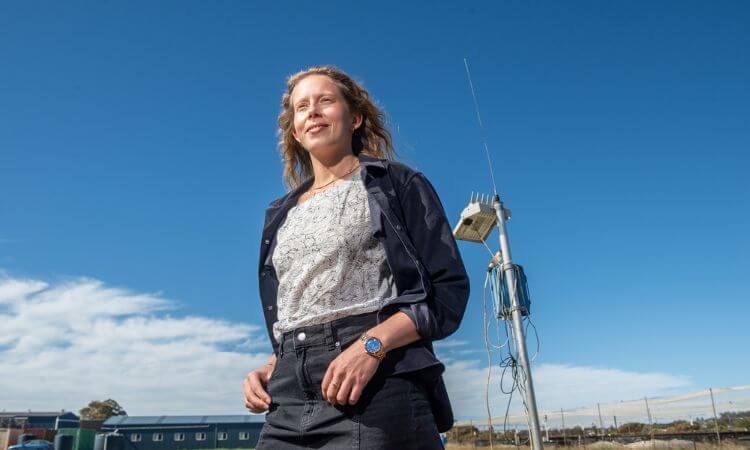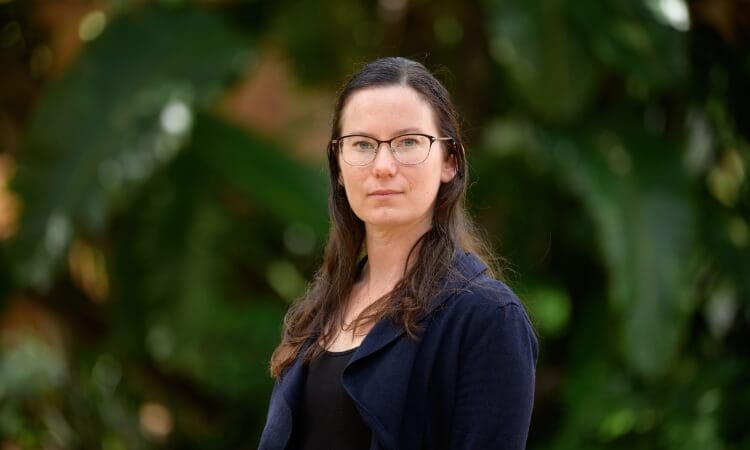Strong winds and heavy rain are things we associate with the monsoon season – but what about high variability?
University of Southern Queensland PhD student Hanna Heidemann has delved into the literature on Australia’s monsoon season rainfall, producing a review paper which summarises the current knowledge on the seasonal phenomenon and the factors that drive it.
"Rainfall during the monsoon season is highly variable from year to year, and decade to decade,” Ms Heidemann said.
“Beyond seasonal timescales it becomes quite challenging to make accurate predictions.
“But what we do know is that over the past century, there has been an increase in Australian monsoon rainfall over the northwest Australia, at a rate of around 20 mm per decade – however we still don’t know why.”
Ms Heidemann said fluctuations in the Pacific Ocean, related to El Niño-Southern Oscillation, were one of the key drivers for the variability in the monsoon.
“During La Niña, cooler than usual ocean temperatures in the central and eastern Pacific help support stronger trade winds, which typically result in a wetter monsoon season. The opposite is usually true for El Niño,” she said.
“However, across the decades, the Interdecadal Pacific Oscillation plays a greater role in monsoonal variability, especially over northeast Australia.
“This phenomenon is driven by ocean temperatures in the tropical Pacific Ocean, that run either a bit cooler or warmer over the decades.”
Ms Heidemann said the future climate model projections of monsoon rainfall were still uncertain.
“The impact of climate change on Australia's monsoon rainfall isn’t straightforward – although models are projecting an increase in rainfall by the end of this century, we don’t think this is due to increasing greenhouse gases,” she said.
“The literature suggests it might be more related to human-generated aerosols, or even warming in the western Pacific or tropical Atlantic.
“Overall, it’s important for researchers to understand more about Australia's monsoon variability, so communities can make better management decisions, especially for water resource management and agriculture in Northern Australia.”
Learn more about UniSQ’s Climate Science degrees.



